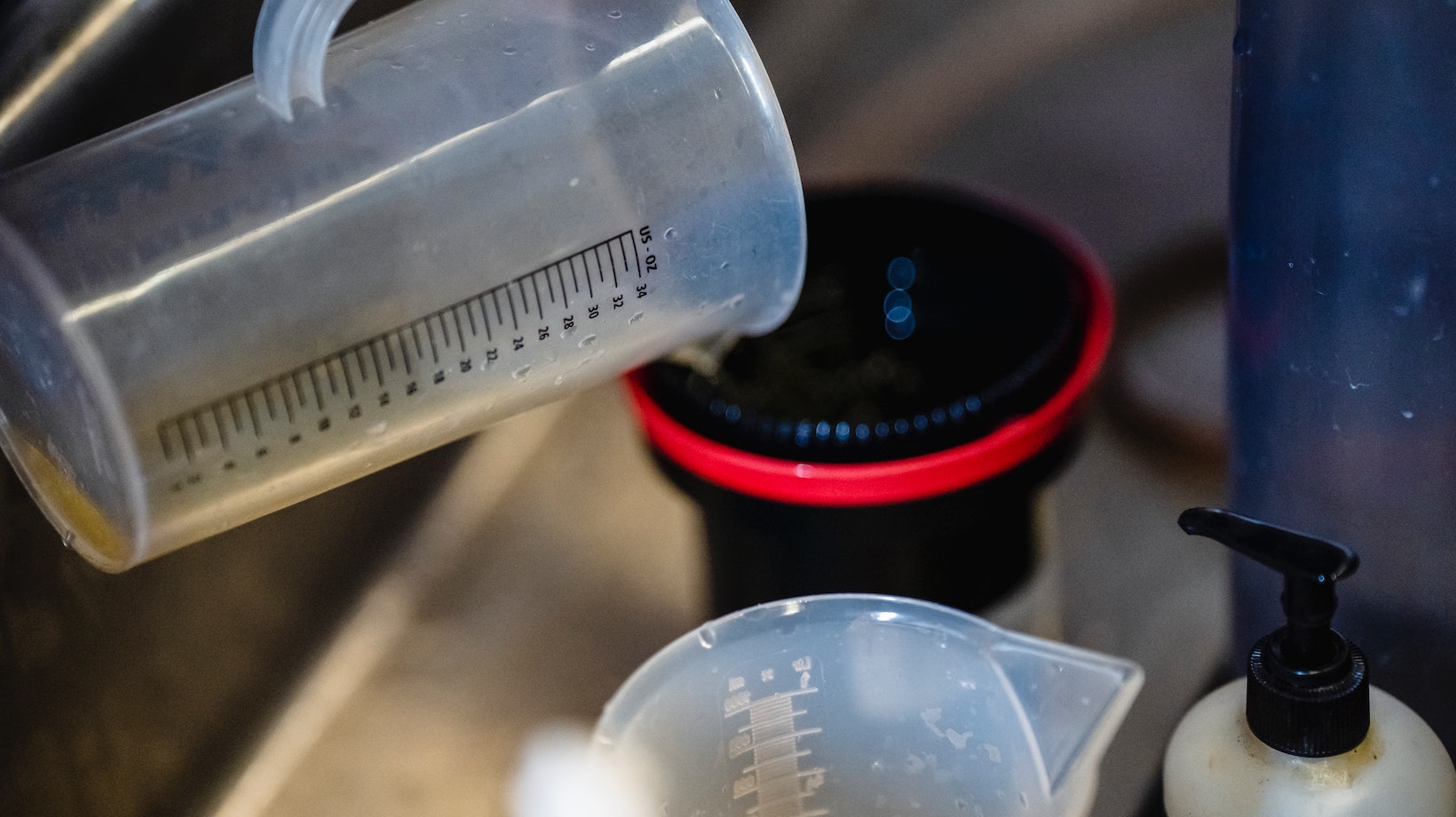Find Out How Many Grams are in a Milliliter of Water

How many grams are in a milliliter of water? This is a common question that often arises when dealing with measurements in the kitchen or laboratory. Understanding the relationship between grams and milliliters is crucial for accurate recipe conversions and scientific experiments.
In simple terms, the density of water is approximately 1 gram per milliliter. This means that for every milliliter of water, you can expect it to weigh around 1 gram. The density of water remains relatively consistent under normal conditions, making it a convenient reference point for measuring other substances.
Converting Grams to Milliliters: A Simple Guide
When it comes to understanding the relationship between grams and milliliters, it’s important to note that they measure different properties. Grams are used to measure mass, while milliliters measure volume. However, in certain cases, such as when dealing with water, there is a direct correlation between the two.
To convert grams to milliliters for water, we can use the fact that 1 milliliter of water weighs approximately 1 gram at standard temperature and pressure (STP). This means that if you have a quantity of water in grams, you can assume that it will occupy an equal volume in milliliters.
For example:
- If you have 250 grams of water, you can safely conclude that it occupies 250 milliliters of space.
- Similarly, if you have 500 milliliters of water, its weight will be approximately 500 grams.
It’s important to remember that this conversion ratio only holds true for water at STP. Other substances may have different densities and therefore require different conversion factors.

Understanding the Factors that Affect the Gram-to-Milliliter Ratio
While we established that for pure water at STP there is a direct correlation between grams and milliliters, it’s important to note that this ratio can be influenced by external factors. Some of the key factors that can affect the gram-to-milliliter ratio include:
- Temperature: As mentioned earlier, water’s density changes with temperature variations. Therefore, if you’re working with water at temperatures significantly different from room temperature, it’s advisable to consider the specific density values for more accurate conversions.
- Impurities or additives: If the water contains impurities or additives, its density may deviate from the standard 1 gram per milliliter ratio. In such cases, it’s crucial to consult relevant data sources or conduct experiments to determine the appropriate conversion factor.
- Pressure changes: While pressure has minimal impact on water’s density within normal environmental conditions, extreme pressures can alter its properties. For instance, at high pressures experienced in deep-sea environments, water becomes denser and requires adjustments in conversion calculations.
How Many Grams are in a Milliliter of Water
When it comes to converting grams to milliliters, understanding the conversion ratio is key. In the case of water, which has a density of 1 gram per milliliter at standard temperature and pressure (STP), the conversion is straightforward. It means that 1 ml of water weighs exactly 1 gram.
To put this into perspective, let’s consider an example. If you have 250 grams of water, you can easily determine its equivalent volume in milliliters by using the same ratio. Simply divide the weight in grams by the density (1 g/ml) to find that it corresponds to 250 milliliters.
Understanding how many grams are in a milliliter of water is relatively straightforward due to its consistent density of 1 gram per milliliter at STP. However, when dealing with other liquids, it’s important to account for variations in density and use specific conversion ratios for each substance.




